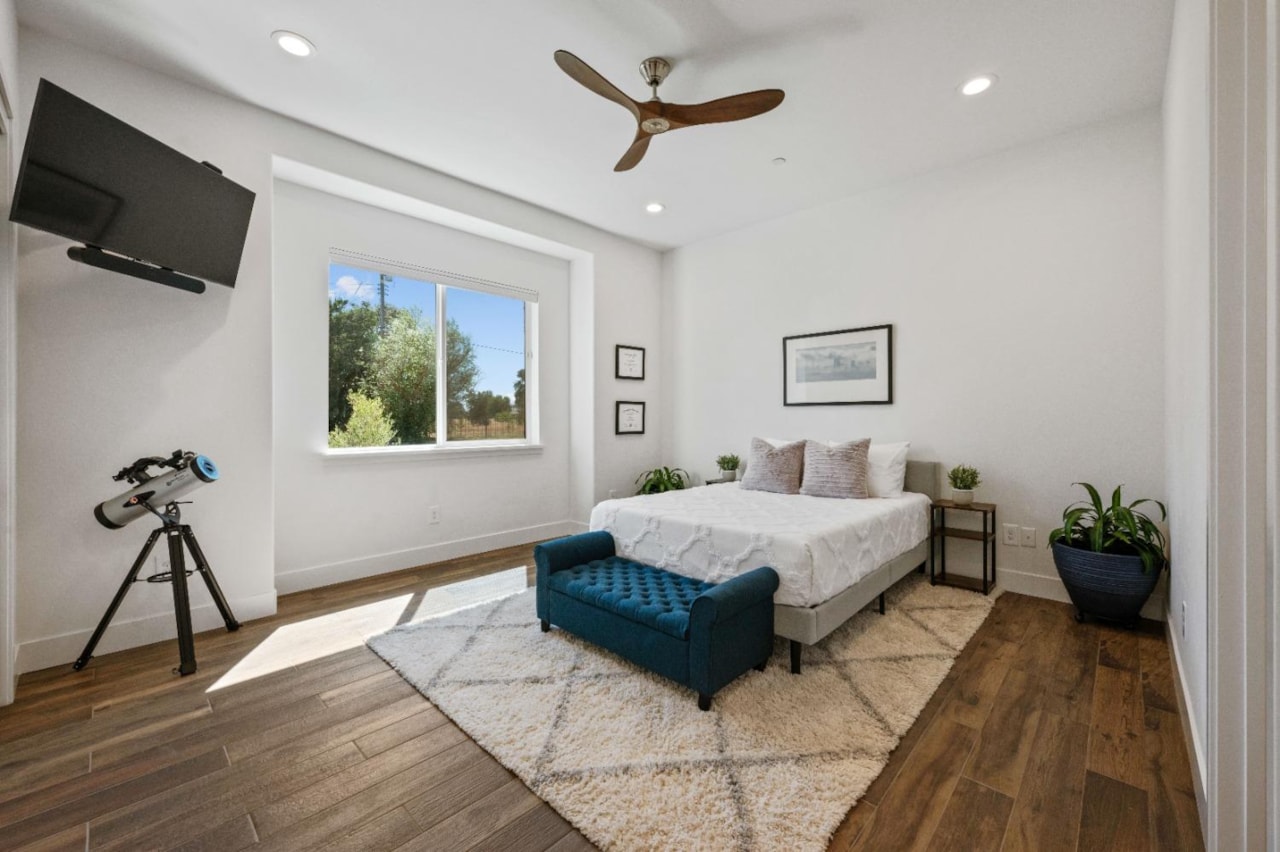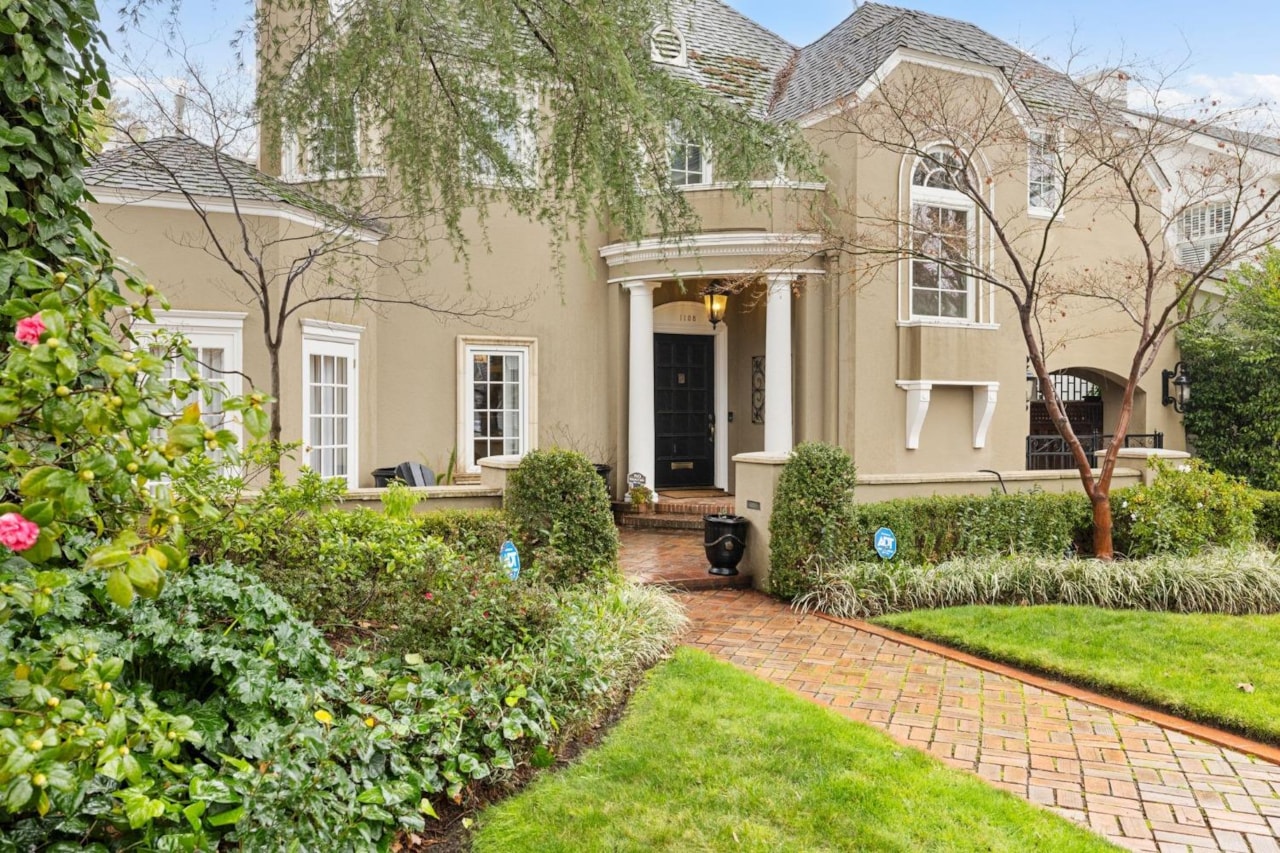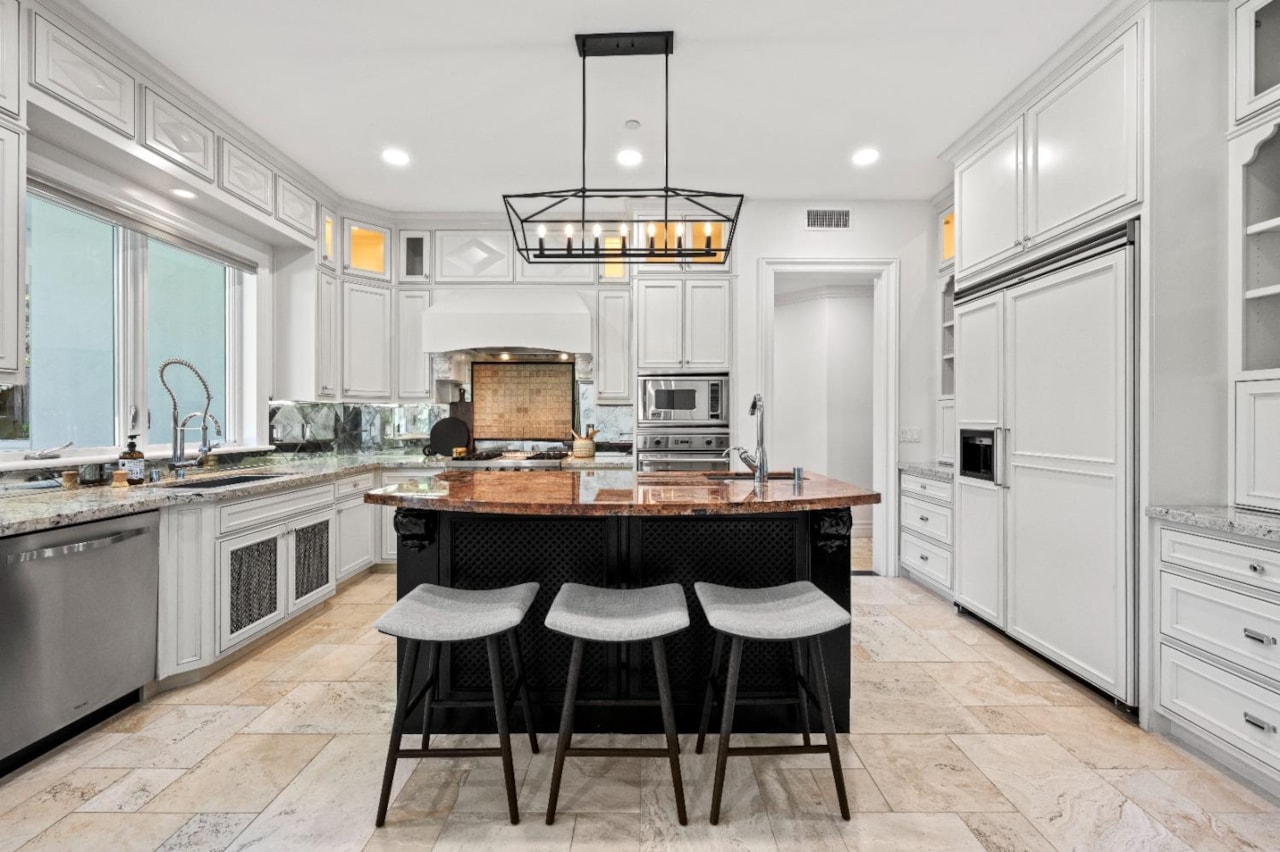Rugs are often underappreciated in the grand scheme of interior design, yet they hold the potential to dramatically transform a room’s ambiance, style, and functionality. Whether you’re looking to breathe new life into a tired living area, add warmth to a sparse space, or tie together mismatched elements, a well-placed rug can work wonders. Let’s explore how you can harness the power of rugs to revive any space in your home.
1. Setting the Foundation: The Rug’s Role in Design
Rugs do more than just cover floors; they serve as the foundation of a room’s design. By defining areas and setting the tone, a rug can anchor your furniture and unify your décor. In an open-plan layout, for example, strategically placed rugs delineate functional zones, creating a visual flow. In smaller spaces, they can make the area feel cozier and more cohesive.
The color, pattern, and texture of a rug are key in determining how it interacts with the rest of your décor. Neutral or solid-colored rugs provide a calming foundation, allowing bolder furniture and accents to shine. Conversely, vibrant patterns and rich textures can make the rug a statement piece, drawing attention and giving the space character.
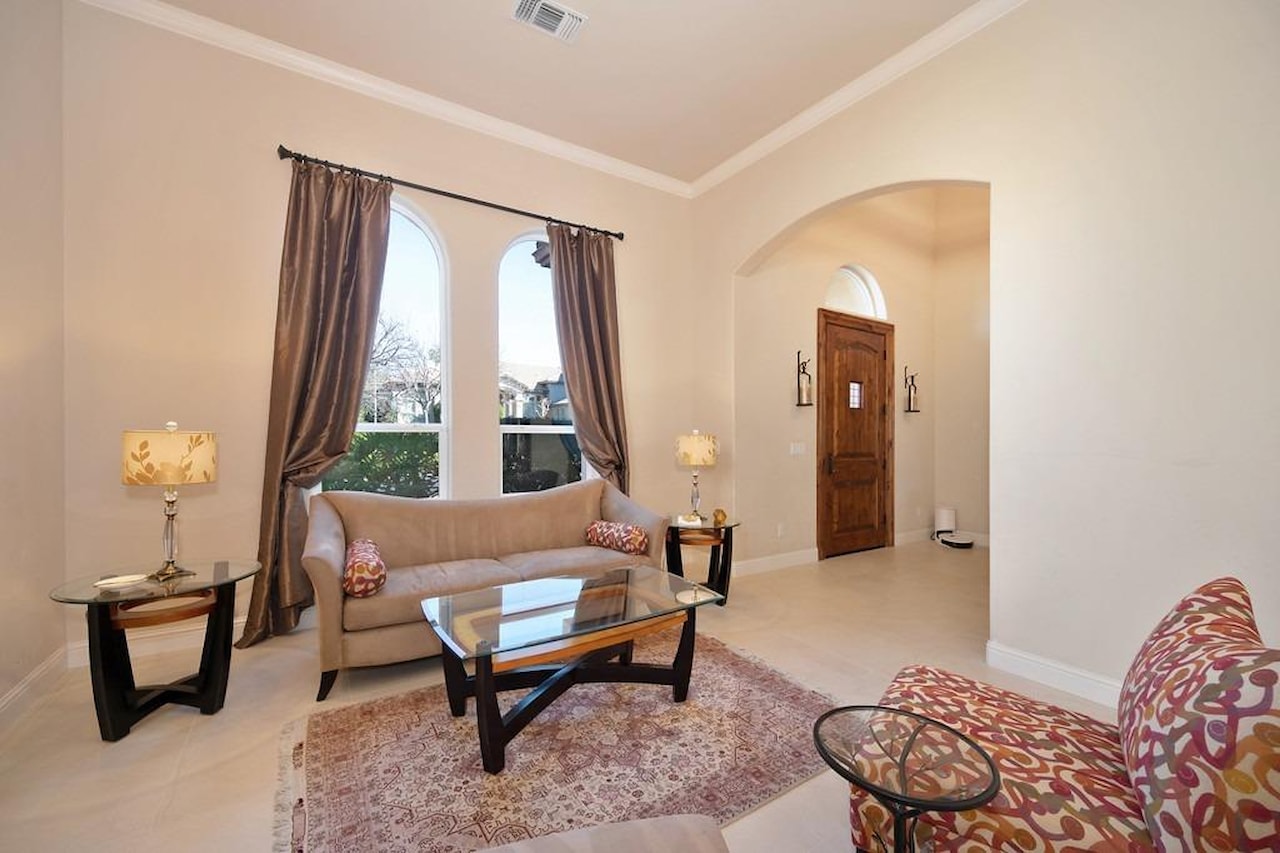
2. Choosing the Right Rug for Each Space
Every room has unique needs, and selecting the right rug involves more than picking something visually appealing. Consider factors like foot traffic, the room’s purpose, and the existing décor.
- Living Room: The living room is often the heart of the home, so choose a rug that brings warmth and comfort. A large area rug that accommodates all the main furniture pieces can create a sense of togetherness. Opt for durable materials like wool or synthetic blends that can handle high traffic.
- Bedroom: In a bedroom, rugs should enhance comfort and relaxation. A plush rug underfoot when you step out of bed is a luxurious touch. Consider a soft pile or shag rug that extends a few feet beyond the bed to create an inviting feel.
- Dining Room: A rug in the dining room should be large enough to cover the space under the table and chairs, even when they’re pulled out. Flatweave or low-pile rugs work best here since they’re easy to clean and won’t snag on chair legs.
- Hallways and Entryways: These areas often experience heavy foot traffic, so durability is key. Choose a runner or small rug made from materials like jute, sisal, or synthetic fibers that can withstand wear and tear. Darker colors or busy patterns can help hide dirt and scuffs.
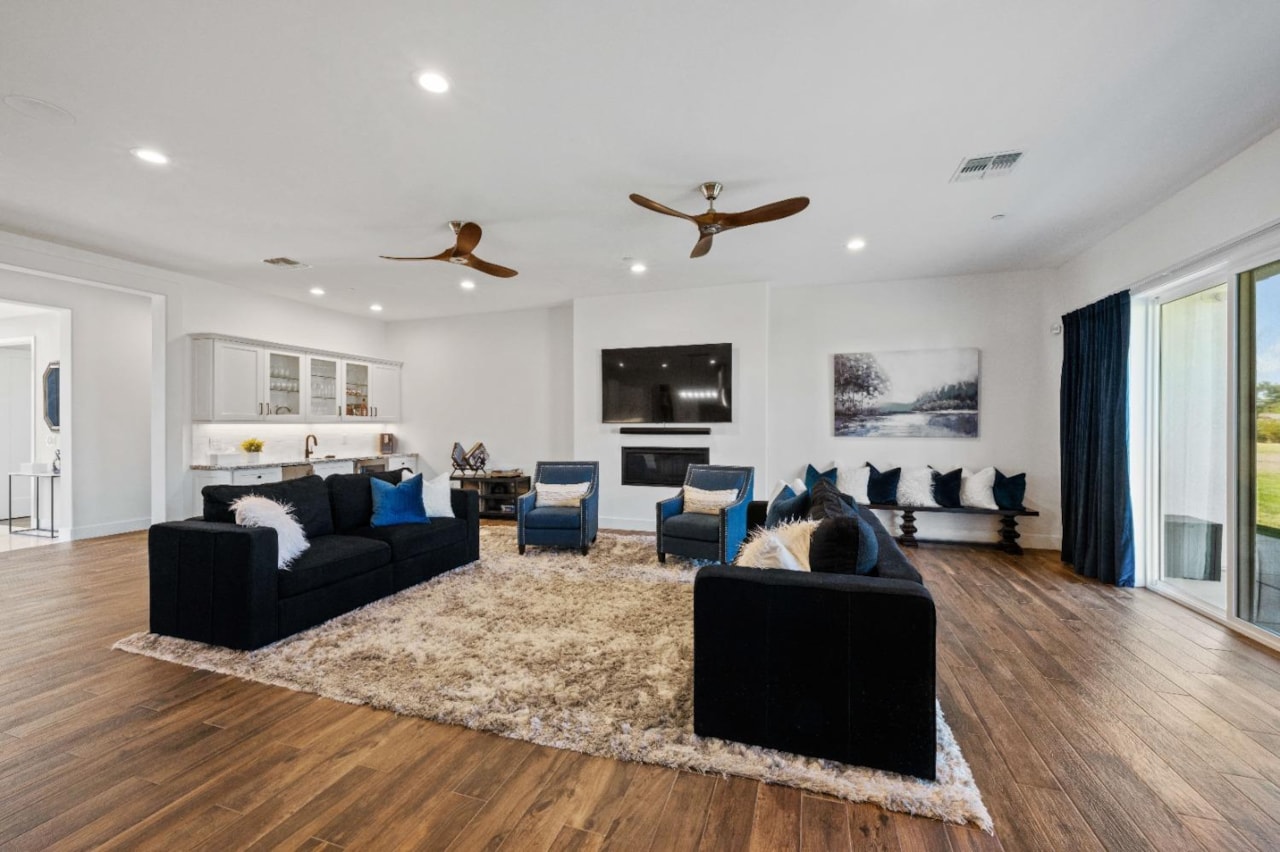
3. Using Rugs to Add Visual Interest
One of the biggest benefits of rugs is their ability to introduce visual interest through color, pattern, and texture. If your room is neutral or monochrome, a rug with bold hues or intricate designs can serve as a striking focal point. Geometric patterns, florals, or abstract art-inspired designs are popular choices that add personality without overwhelming the space.
Layering rugs is another trend that can elevate your décor. Start with a large, neutral base rug, then layer a smaller, more vibrant rug on top. This technique adds depth and dimension, making the space feel more curated and stylish.
Textures play a significant role as well. High-pile or shaggy rugs exude coziness, while flatweave or natural fiber rugs introduce an organic, earthy vibe. Mixing textures within the room, such as pairing a sleek leather sofa with a nubby wool rug, creates a dynamic contrast that keeps the design visually engaging.

4. The Impact of Size and Placement
Even the most beautiful rug won’t shine if it’s the wrong size or poorly placed. When choosing a rug, think about how it will fit within the room’s layout and how it interacts with your furniture.
- Area Rugs: For large living areas, your rug should be big enough to hold all the main pieces of furniture, like sofas, chairs, and coffee tables. At the very least, the front legs of each major piece should rest on the rug. This not only anchors the furniture but also creates a unified seating arrangement.
- Bedroom Rugs: For a bedroom, the rug should extend at least 2-3 feet beyond the sides and foot of the bed. This ensures that your feet land on something soft when you get up. If you have a smaller rug, position it horizontally under the bottom two-thirds of the bed, or consider using runners on either side.
- Dining Room Rugs: The rug in your dining area should extend beyond the table by at least 24 inches on all sides. This allows for chairs to be pulled out without catching on the edge of the rug.
- Hallway Runners: A runner should be long enough to cover most of the hallway but leave a few inches of exposed floor on each side. This creates a balanced look that guides the eye down the hallway.

5. Balancing Style and Practicality
While style is important, a rug also needs to be practical for your lifestyle. If you have pets, kids, or high-traffic areas, opt for materials that are easy to clean and maintain. Synthetic fibers like polypropylene are stain-resistant and durable, while wool rugs offer a natural option that’s both resilient and soft.
For homes with allergy concerns, consider low-pile rugs that are easier to vacuum and trap less dust. You can also look for rugs made from hypoallergenic materials or those with antimicrobial treatments.
Don’t forget about the rug pad. A good pad not only keeps the rug in place but also adds an extra layer of cushioning and protects the floor underneath. It’s a small investment that makes a big difference in the rug’s longevity and comfort.
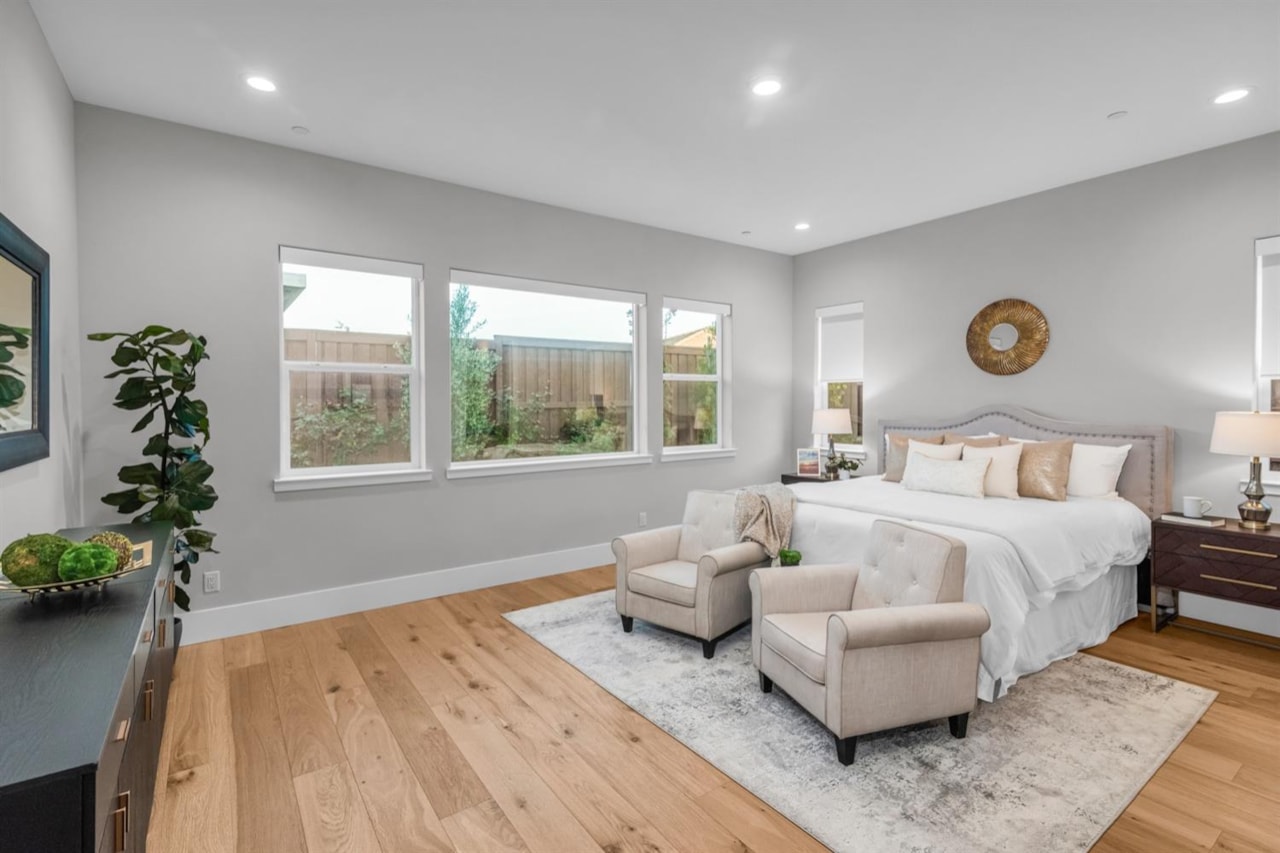
6. Reviving Your Space with Rug Replacements and Updates
One of the best aspects of using rugs in home design is how easy it is to switch them out as trends change or your style evolves. Replacing a rug is a cost-effective way to refresh a room without committing to a full renovation. As the seasons change, you can swap lightweight, breezy rugs for cozier options with thicker textures and warmer tones.
If you’re feeling adventurous, experiment with different shapes and sizes. Circular rugs add a playful touch to a space, breaking away from the traditional rectangular format. For eclectic and bohemian styles, an asymmetrical or irregularly shaped rug can introduce a whimsical element.
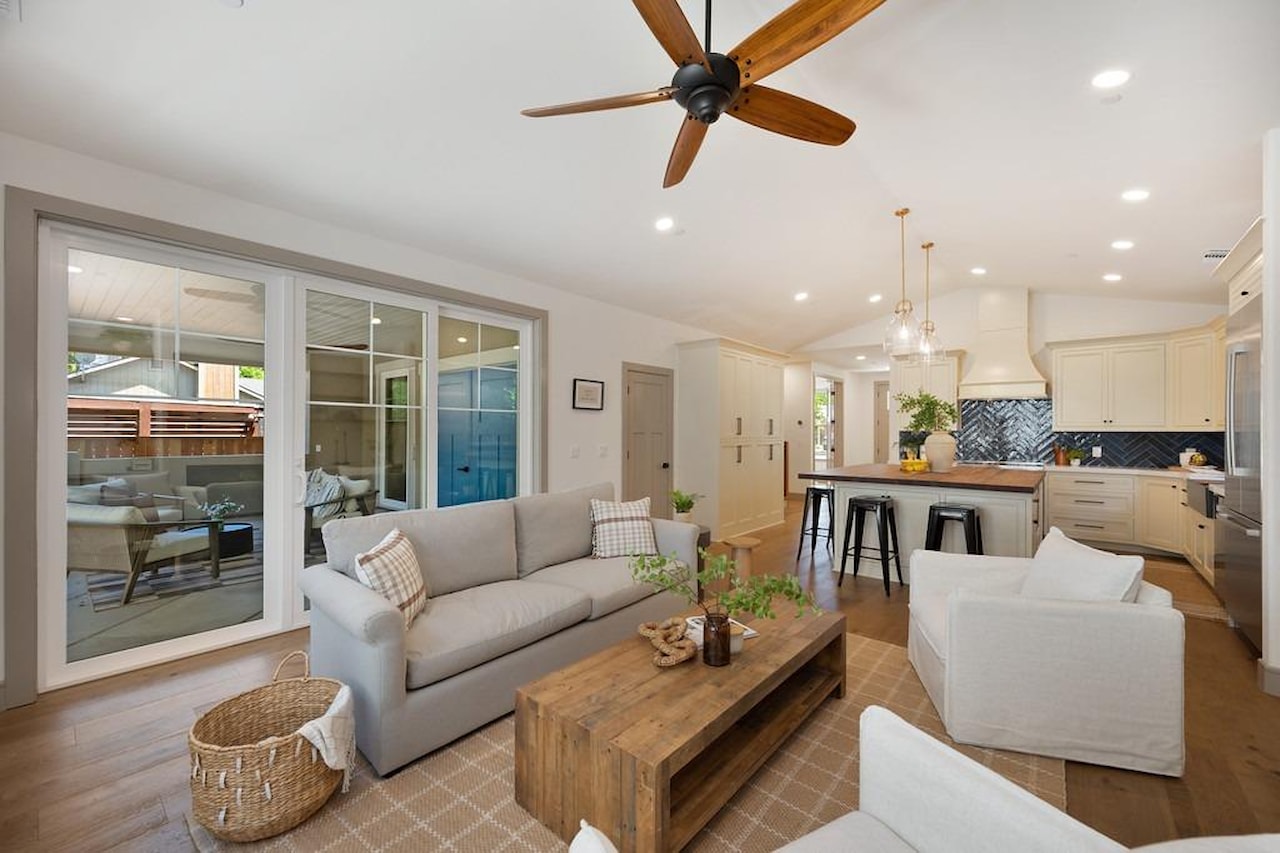
7. How Rugs Reflect Your Personal Style
Ultimately, the rug you choose is a reflection of your personal style. Whether you lean toward minimalist, maximalist, modern, or traditional aesthetics, there’s a rug that can express your unique taste while enhancing your space. A Persian or Oriental rug might convey timeless elegance, while a bold, contemporary pattern can highlight your love for modern design.
As you explore options, consider how the rug ties into the rest of your décor. It should complement, not compete with, your existing furniture and accessories. Pay attention to the color palette, ensuring the rug’s hues are echoed elsewhere in the room, whether through throw pillows, curtains, or wall art.
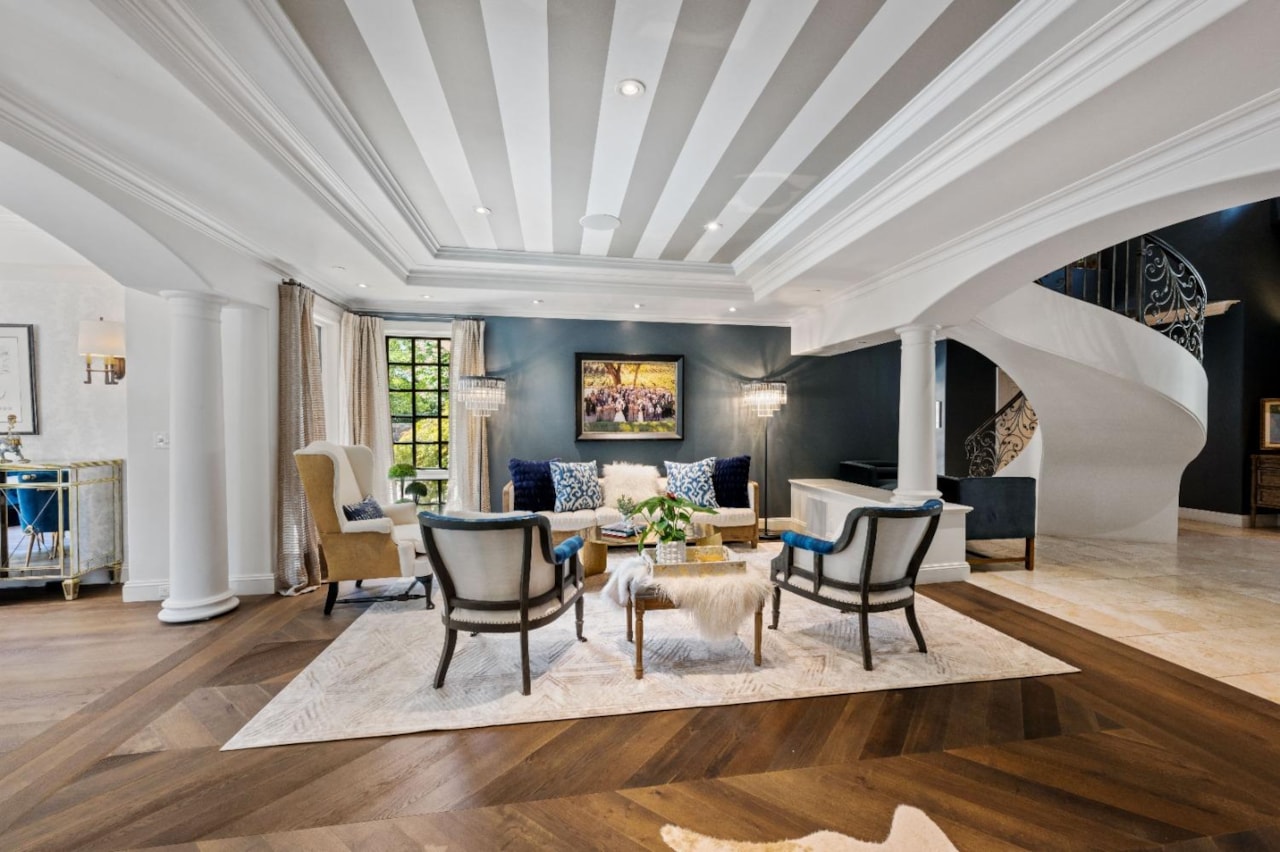
8. Final Thoughts: The Transformative Power of Rugs
A well-chosen rug can be the design element that transforms a room from ordinary to extraordinary. It brings color, warmth, and cohesion, all while serving a functional purpose. Whether you’re refreshing a single room or your entire home, don’t underestimate the impact that the right rug can have. With careful selection and thoughtful placement, you can revive any space and make it truly feel like home.
If you are looking to buy your dream home or sell your existing house in Sacramento feel free to get in touch with us today!


